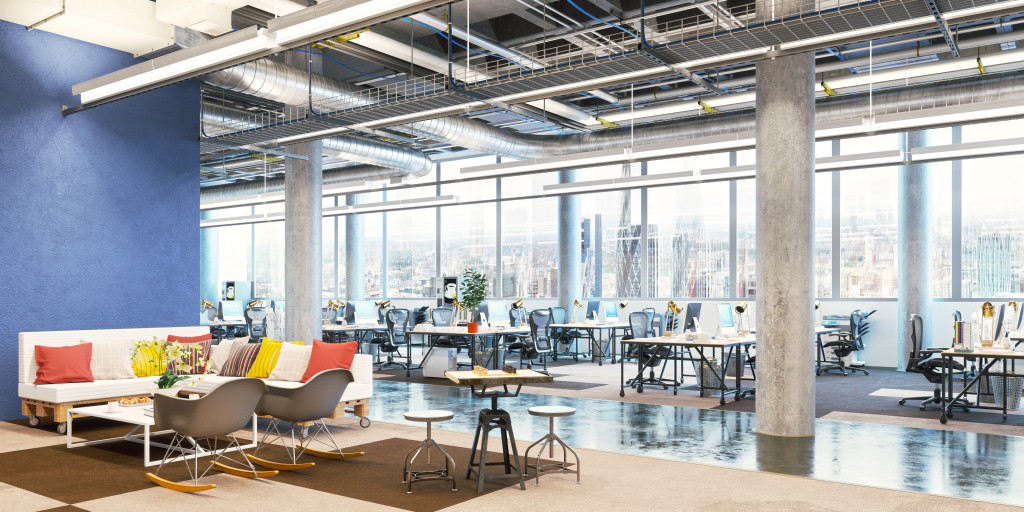After a slow start, the Philippines is ramping up vaccination across the nation, especially in the epicenter of COVID-19 infections, the National Capital Region. Recently, the Department of Health announced that cities in the region, along with neighboring provinces, will begin the vaccination of economic frontliners, which includes government employees, employees in private companies, and informal and self-employed people who work outside of their respective households.
While the country is still very far from seeing the end of the pandemic, which has lasted for over a year, normal life is slowly going back to normal. Before the year ends, more workers will be back in their workspaces, assured that they are no longer at risk of being hospitalized and dying because of COVID-19.
Therefore, it would not be premature for businesses to begin the preparations to welcome workers back after a year of quarantine.
COVID-19 Precautions Should Stay in Place
However, despite the inoculation of millions of Filipinos, COVID-19 is still spreading. While cases in NCR have declined in the past couple of weeks, there is no guarantee that a surge of infections will not occur again. The number of positive cases is also on the rise outside of the capital.
Moreover, vaccines do not 100 percent protect people from catching the virus. Even Pfizer’s and Moderna’s only have about 95 percent and 94 percent efficacy against symptomatic infections. CoronaVac, the COVID-19 vaccine developed by Sinovac and so far the most widely-used vaccine in the country, recorded at least 51 percent efficacy against symptomatic infections.
It is possible that people can still get sick from the virus. Worse, they can carry the virus home and infect loved ones who have not been vaccinated yet.
Returning workers, therefore, should continue to follow health protocols. Offices can be hotspots for disease spread. Earlier this year, the spike in cases was attributed to the entry of more infectious variants and the reopening of the economy, which included the resumption of office work.
So, even with a vaccinated workforce, the mask should stay on, social distancing must be strictly enforced, and employees should be checked for symptoms regularly. Most establishments nowadays test the temperature of every person who goes in to screen for symptomatic cases. Some equip security guards with thermometer guns. Others have a more high-tech temperature monitoring station similar to those used in airports. Organizations can get infrared temperature sensors from a local Dahua product supplier.

Retain Flexibility
In most offices, social distancing is not really possible. So, remote work should continue to be an option among employees who want to continue staying at home. This will allow employees whose responsibilities are more sensitive and, therefore, should be done at the office to be safely apart and prevent the spread of the virus.
Many Filipino workers actually want the option to work from home. One survey found that as much as 47.4 percent of the entire workforce wants to transition to remote work to have a better work-life balance.
So, in the meantime, employers should consider allowing their staff to work from home or wherever they feel more comfortable and safe. They will be more productive knowing that they and their loved ones are not at risk of COVID-19.
Plan for a Re-Exit
COVID-19 has acquired mutations over the past year through unmitigated spread across the world. Variants that are more infectious and deadly have emerged. Although, hopefully, it does not happen, the possibility that a variant that does not respond to available vaccines could still undo every progress the world has made in the fight against COVID-19.
So, in case of a surge, the company should draft a plan for re-exit. This will allow the staff to be better prepared to transition back from office work to remote work. The previous and sudden lockdown from March 2020 was chaos because too many people had no idea how to continue operations with strict restrictions.
It is better to imagine a similar scenario, take every lesson learned from last year, and create a plan that everyone can follow once caseloads see another terrifying spike.
These health and safety protocols should be in place throughout the duration of the pandemic, but most of them should also be applied after. COVID-19 is not the only disease that often spreads from person to person, especially in an indoor space where multiple people spend their time interacting. One infected individual can pass on flu, cough and colds, and other illnesses to the rest of the team.
